 Apache Corporation (NYSE, Nasdaq: APA) has announced a reorganization of the company's operating regions and key leadership changes.
Apache Corporation (NYSE, Nasdaq: APA) has announced a reorganization of the company's operating regions and key leadership changes.
"Today's announcement marks the formation of our operational leadership team and a reorganization that will position Apache for continued success. These changes represent a significant step toward streamlining our operations in a way that will greatly enhance our ability to maximize recovery and minimize costs. This new structure will enable us to allocate resources and personnel expediently as industry conditions dictate. In addition, we have consolidated our technical expertise into centers of excellence, which will support each operating region and strengthen our ability to share best practices around the globe," said John J. Christmann, IV, Apache's chief executive officer and president.
Streamlined organization
Following a series of acquisitions and divestitures over the last five years, Apache has completed a strategic repositioning of its portfolio that emphasizes the growth potential of its North American business and the strong free-cash-flow-generation of its Egypt and North Sea assets. To realign organizational resources with the company's updated portfolio, Apache is implementing a more integrated, super-region structure that will reduce redundancy and increase operational efficiency.
The new organization includes three super regions. In North America, the company is merging resources into two super regions: the Permian Region and the Houston Region. Apache's Egypt Region, North Sea Region and Gulf of Mexico Region will form the International and Offshore Region.
The newly formed Houston Region will consolidate operational activities for the Eagle Ford, Anadarko Basin, Texas Panhandle and Canadian properties into one region. The Canadian properties will continue to be operated out of the existing Calgary, Alberta, office. The Permian Region will continue to include the Midland Basin and the Central Basin Platform operated out of Midland, Texas, with the Delaware Basin receiving separate and individualized management in San Antonio, Texas, to realize the exceptional potential of these unconventional assets.
The Houston Region reorganization includes closing Apache's regional office in Tulsa, Okla., and relocating a number of Tulsa employees. This will consolidate employee expertise in a single office location to foster increased collaboration and technology transfer among asset teams.
Other organizational optimization is also underway consistent with the high-graded portfolio. By the end of 2015, Apache will reposition its overall cost structure to establish itself as a strong and efficient competitor. The company will provide an update on its plans and progress on its second-quarter earnings call.
Key leadership changes
Apache is realigning its senior operational leadership to support the organizational structure described above. The following key changes are effective immediately but will include a transition period through the end of July.
Timothy J. Sullivan has been appointed to the newly created role of senior vice president – Operations Support based in Houston. In this role, he will support the CEO in operational strategy, capital allocation, market intelligence and marketing.
Thomas E. Voytovich will assume the role of executive vice president – International and Offshore Region and Exploration and Production Technology. In addition to his current management of Apache's operations in Egypt, the North Sea and the Gulf of Mexico, Voytovich will also oversee the Exploration and Production Technology and Engineering Technology service teams. Voytovich will remain in Apache's Houston headquarters.
James L. House has been named to the newly created position of senior region vice president – Houston Region and will be based in Apache's Houston headquarters. Grady L. Ables will assume the role of region vice president – Canada Region and president, Apache Canada, and report up through the Houston Region. Ables will be based in Apache's Calgary, Alberta, office.
Faron J. Thibodeaux will continue to oversee the company's operations in the Midland Basin and Central Basin Platform as the senior region vice president – Permian Region based in Apache's Midland, Texas, office.
Steven J. Keenan will oversee the North American Unconventional Resources Technology team, Unconventional Resources New Ventures team and the company's operations in the Delaware Basin as the senior region vice president – Delaware Basin. Keenan will remain in Apache's San Antonio, Texas, office.
Cory L. Loegering will assume the role of region vice president – UK Region and managing director, Apache North Sea, following House's relocation to Houston. Loegering will be based in Apache's Aberdeen, Scotland, office and continue to report to Voytovich. Thomas M. Maher will continue to oversee the company's operations in Egypt as the region vice president – Egypt Region and General Manager, Apache Egypt, from Apache's Cairo, Egypt, office.
Impact to operational reporting
The organizational changes and realignment of Apache's operating areas will not impact the reporting of production in the company's quarterly supplement. The company will continue to report production as Permian (Midland Basin, Central Basin Platform, Delaware Basin), Central (Anadarko Basin, Texas Panhandle), Gulf Coast (Eagle Ford), Canada, Gulf of Mexico, Egypt and the North Sea.


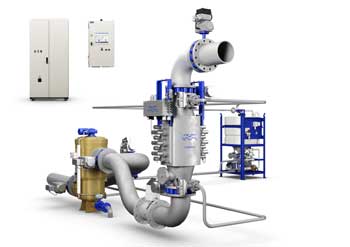 The explosion-proof version of Alfa Laval’s chemical-free ballast water treatment system, PureBallast 3.1 EX, has received approval from the U.S. Coast Guard for use on barges sailing in U.S. coastal waters. The approval comes a year after
The explosion-proof version of Alfa Laval’s chemical-free ballast water treatment system, PureBallast 3.1 EX, has received approval from the U.S. Coast Guard for use on barges sailing in U.S. coastal waters. The approval comes a year after 
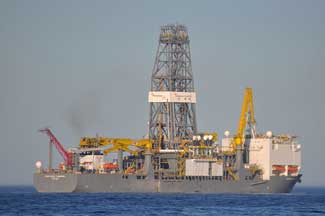 Deepwater Champion: Courtesy Wikimedia Commons -
Deepwater Champion: Courtesy Wikimedia Commons - 
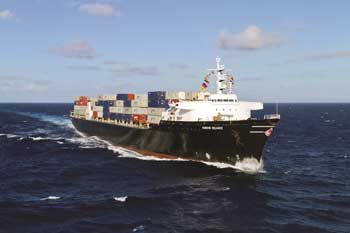

 Efficient barrels are main focus of
Efficient barrels are main focus of 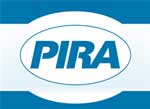 NYC-based
NYC-based 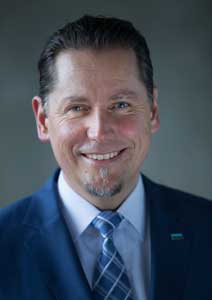 The Board of Directors of
The Board of Directors of 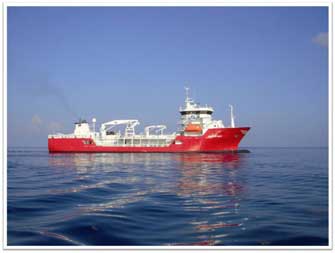
 Independent global leader in underwater rental equipment now offers cost-effective, environmental friendly leak detection systems
Independent global leader in underwater rental equipment now offers cost-effective, environmental friendly leak detection systems 

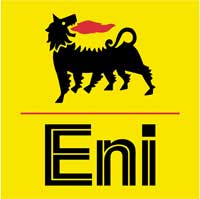
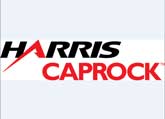 Highlights:
Highlights: